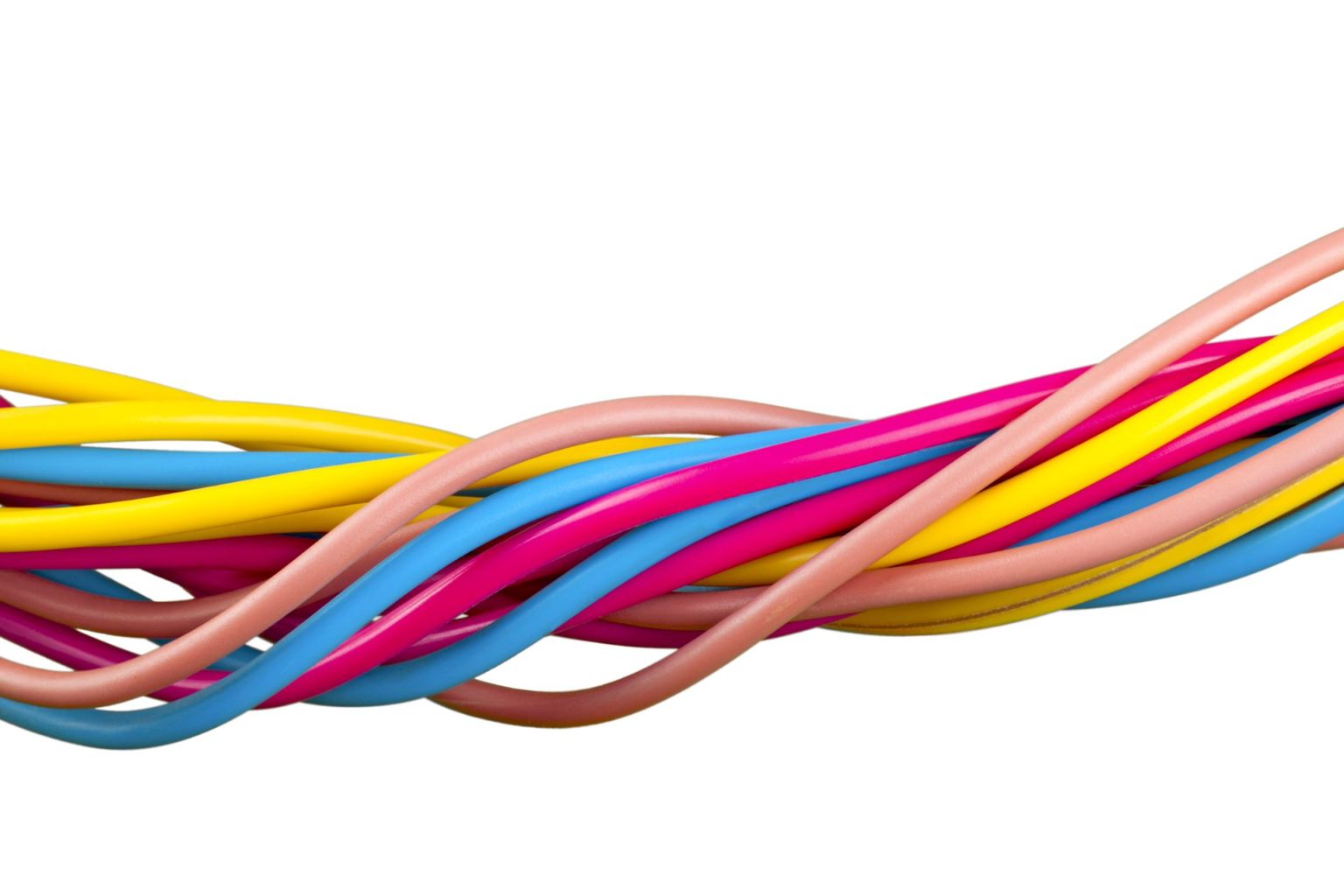Ensuring electrical safety is paramount, and understanding wire ampacity is crucial. This comprehensive guide explores the ampacity of 8 gauge wire, examining factors influencing its capacity and emphasizing safe practices. We’ll cover everything from material and temperature considerations to the National Electrical Code (NEC) and practical applications.
Decoding 8-Gauge Wire Ampacity
An 8-gauge wire’s ampacity—its safe current-carrying capacity—isn’t a fixed number. It depends on several interconnected factors, much like a water pipe’s flow is affected by its diameter, material, and water temperature. Let’s break down these key influencers:
Material Matters: Copper vs. Aluminum
The conductor material significantly impacts ampacity. Copper, a superior conductor, allows 8-gauge wire to handle more current than aluminum. Copper’s lower resistance is akin to a smoother pipe, allowing electrons to flow more freely. While aluminum is sometimes used for larger installations due to cost, copper remains the preferred choice for most wiring projects due to its higher conductivity. For instance, 8-gauge copper wire likely handles 40-55 amps, whereas aluminum likely manages 30-45 amps under similar conditions.
Feeling the Heat: Temperature’s Impact
Temperature plays a critical role. As wires heat up, their ampacity decreases. This is why the NEC often provides ampacity ratings at 90°C (194°F), representing a worst-case scenario for enhanced safety. A cooler environment might allow for slightly higher current, but adhering to NEC guidelines is always safest.
The Jacket: Insulation Type
Wire insulation, like winter coats, comes in varying thicknesses and materials. The insulation’s temperature rating is critical, as it dictates the maximum temperature the wire can withstand before degradation and potential fire hazards. Common 90°C-rated insulation types for 8-gauge wire include THHN/THWN-2, XHHW-2, RHH/RHW-2, and USE-2.
The NEC and Amp Ratings
The NEC acts as a rulebook for safe electrical installations. According to the NEC, an 8-gauge copper wire with the specified insulation types is generally rated for a maximum of 55 amps at 90°C. An 8-gauge aluminum wire, under the same conditions, is typically rated for 45 amps. Exceeding these ratings risks overheating, insulation damage, and fire.
Other Crucial Considerations
- Bundling (Derating): Bundled wires, like huddled people, generate more heat, reducing individual wire ampacity. The NEC addresses derating factors for bundled installations.
- Voltage Drop: While ampacity focuses on safe current, voltage drop—the voltage reduction over distance—becomes crucial for long wire runs. Even if an 8-gauge wire handles the current, excessive voltage drop can impair device performance.
- Real-World Applications: 8-gauge wire commonly powers appliances like hot tubs, workshop tools, and generators, highlighting its versatility in moderate-current applications.
- Gauge Comparison: Wire gauge numbers are counterintuitive: smaller numbers mean thicker wires with higher ampacity. An 8-gauge wire sits between 10-gauge (lower ampacity) and 6-gauge (higher ampacity).
A Word of Caution
Electricity demands respect. Consulting the NEC ampacity tables for your specific wire type and application is vital. When in doubt, consulting a qualified electrician is paramount. Safety should always be the top priority.
Can 8-Gauge Wire Handle Specific Loads?
Let’s address some common questions about 8-gauge wire and specific amperage loads.
Will #8 Wire Carry 60 Amps?
Probably not. While exceptions exist under specific circumstances, using 8-gauge wire for a 60-amp circuit is generally unsafe and not recommended. The NEC typically mandates #6 AWG or larger for 60-amp circuits. Exceeding a wire’s ampacity risks overheating, insulation melting, and fire.
Will #8 Wire Carry 50 Amps?
This depends. 8-gauge copper wire rated for 75°C or 90°C can handle 50 amps. However, the “80% rule” for continuous loads (3+ hours) suggests limiting the load to 80% of the wire’s ampacity. So, a 50-amp rated 8-gauge copper wire should ideally carry no more than 40 amps continuously. Aluminum 8-gauge wire is inadequate for 50 amps.
| Material | Temperature Rating (°C) | Ampacity (Amps) |
|---|---|---|
| Copper | 60 | 40 |
| Copper | 75 | 50 |
| Copper | 90 | 55 |
| Aluminum | 90 | 45 |
Key Points & Resources
- Ampacity Factors: Wire material, temperature, insulation type, and installation method all influence ampacity.
- Copper vs. Aluminum: Copper offers higher ampacity than aluminum for the same gauge.
- NEC Guidelines: Adhere to NEC ampacity tables and consult a qualified electrician for specific applications.
- 80% Rule: Limit continuous loads to 80% of the wire’s rated ampacity for safety.
If you’re looking to calculate the ampacity of 8 AWG wire, check out our 8 AWG ampacity page for all the details. We’ll break down the different factors that affect ampacity, including wire size, insulation type, and ambient temperature. For those working with 8-gauge wire, our 8 gauge wire amps page provides valuable information on the ampacity of this commonly used wire size. Always prioritize safety and consult reputable resources and professionals when working with electricity. Ongoing research in electrical conductivity and safety practices continues to evolve our understanding. While this guide provides a comprehensive overview, continuous learning is essential.
- Best Finish for Butcher Block Countertops: Choosing the Right Option - December 30, 2025
- Seal for butcher block: Find the best food-safe finish - December 29, 2025
- Finishes For Butcher Block Counters: Choosing The Right Food-Safe Option - December 28, 2025










